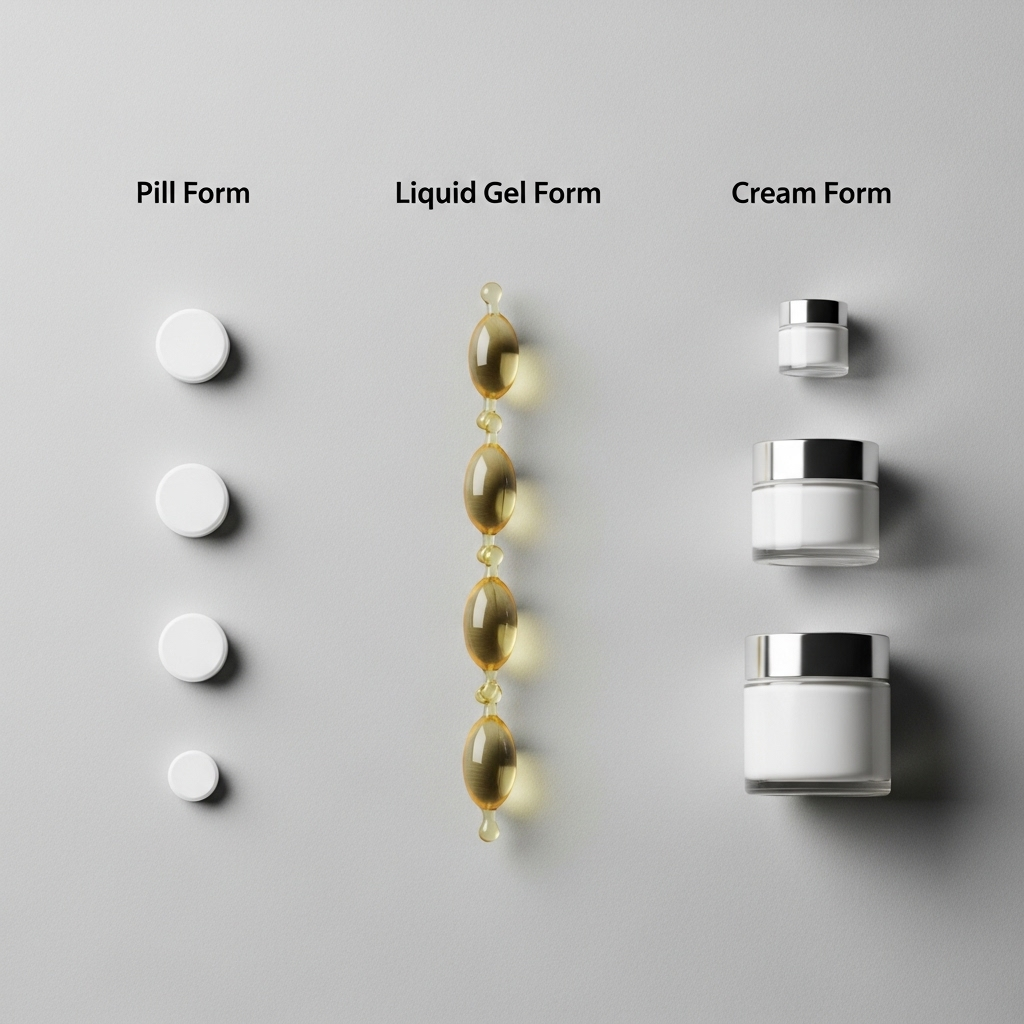Chews vs Powders vs Capsules: Which Works Best?

If you’re considering a probiotic for your dog or cat, you’ll quickly notice options: tasty chews, loose powders, and sealed capsules. Each form has advantages and trade-offs for effectiveness, convenience, cost, and safety. This guide explains how the different formats work, what to look for on the label, and practical tips to help you choose the best probiotic format for your pet’s needs.
How pet probiotics work — a quick primer
Probiotics are live microorganisms—usually specific strains of bacteria or yeast—intended to support a healthy gut microbiome. In pets they are used for:
- Reducing diarrhea or stool changes linked to diet changes, stress, or antibiotics
- Supporting digestion and nutrient absorption
- Potentially supporting immune function and skin health
Effectiveness depends on the strain(s), the number of viable organisms (CFU), how well the microbes survive stomach acid, and consistent dosing. The delivery form (chew, powder, capsule) affects those factors as well as convenience and palatability.
Overview of formats
Chews
Chews are flavored, often soft or biscuit-like treats with probiotic organisms mixed into the matrix. They’re designed to be palatable and easy to give as a reward or part of a daily routine.
Powders
Powders are loose probiotic granules or a fine powder you sprinkle on food. They can be single-strain or multi-strain formulas and are often available in tubs or sachets for measured dosing.
Capsules
Capsules contain powdered probiotic and may be enteric-coated to protect organisms through stomach acid. They’re individually sealed and often intended for placing into food or opening and mixing into meals.
Key comparison factors
Survivability and viability
For probiotics to help, viable organisms must reach the intestines. Capsules—especially enteric-coated—often offer the best protection against stomach acid. Some powders and chews use acid-resistant strains or protective microencapsulation, but many standard chews may expose microbes to more oxygen and heat during manufacturing, reducing viability over time.
Dosing accuracy and CFU labeling
Powders and capsules typically allow for more precise dosing. Many products label CFU (colony-forming units) at manufacture; the more helpful label indicates CFU guaranteed through the expiration date. Chews can vary in CFU per piece and sometimes lose potency faster if stored improperly.
Palatability and administration
Chews are the easiest to give to picky pets because they taste like treats. Powders are good for pets that eat kibble or wet food and tolerate a sprinkle; they may be easier for cats who like mixed-in toppers. Capsules can be hidden in food or opened and mixed, but some pets may detect and reject the capsule contents.
Shelf life and storage
Some probiotics require refrigeration; others are shelf-stable due to freeze-drying or protective technologies. Powders and capsules often have longer shelf life when sealed; chews exposed to humidity or heat can degrade more quickly. Always follow storage instructions on the label.
Cost and dosing flexibility
Powders and capsules typically offer flexible dosing for different weights and long-term use. Chews may be convenient but can be more costly per daily dose and less flexible if you need half-doses for smaller pets.
Safety and additives
Check ingredient lists. Chews may contain flavorings, sugars, or fats that matter for diabetic or overweight pets. Powders and capsules can include prebiotics (fibers that feed good bacteria), which are beneficial for many pets but may cause gas or loose stool in some. If your pet has allergies, read labels carefully for proteins (beef, poultry, dairy) used as palatants.
Practical tips for choosing
- Discuss with your veterinarian—especially for pets with chronic GI issues, immunosuppression, or who are on antibiotics.
- Look for strain-specific labeling (e.g., Enterococcus faecium, Lactobacillus rhamnosus) rather than vague “probiotic blend.”
- Prefer products that guarantee CFU through expiration and list storage requirements.
- Consider enteric-coated capsules or microencapsulated powders for GI conditions where survival through the stomach is important.
- For picky eaters or quick compliance, chews are often best; for dosing accuracy and mixability, powders or capsules win.
- Start with the manufacturer’s recommended dose and monitor stool quality, appetite, and energy. Report adverse changes to your vet.
| Form | Pros | Cons |
|---|---|---|
| Chews | Highly palatable; easy to give; good compliance | Potentially lower viability; additives/extra calories; less dosing flexibility |
| Powders | Flexible dosing; easy to mix in food; often cost-effective | May be messy; some pets reject texture/taste; variable protection from stomach acid |
| Capsules | Good viability (esp. enteric-coated); precise dosing; sealed shelf life | Harder to administer to some pets; capsules may need opening for small pets |
Administration tips
- If opening a capsule or using powder, mix into a small amount of strongly scented food (wetted kibble, canned food, or a favorite topper) to ensure full ingestion.
- Use consistent timing—give probiotics at the same time of day, often with or just after a meal to buffer stomach acid.
- If your pet is on antibiotics, give probiotics 2–3 hours apart from the antibiotic dose to reduce the chance the antibiotic kills the probiotic organisms.
- Monitor stool consistency and overall appetite during the first 1–4 weeks to assess benefit or side effects.
FAQ
1. Which form is best for dogs vs. cats?
There’s no universal “best” form. Dogs often accept chews readily, making them a practical choice. Cats can be more finicky; powders or capsules mixed into wet food or a topper are often more successful. Choose the form your pet will reliably eat and that provides the strains and CFU you want.
2. Can I open a capsule and mix it with food?
Often yes—many capsules are designed to be opened. However, opening may reduce protection from stomach acid if the capsule is specifically coated for enteric delivery. Check the product instructions and discuss with your veterinarian if you’re uncertain.
3. How long before I see results?
Some owners see changes in stool quality within a few days; for more subtle benefits (immune or skin support) it can take 4–8 weeks. If there’s worsening diarrhea, stop the product and contact your vet.
4. Are pet probiotics regulated?
Dietary supplements for pets are not regulated as stringently as drugs. Look for reputable brands that provide strain details, CFU guarantees, and third-party testing or veterinary endorsements.
5. Can probiotics cause harm?
Most healthy pets tolerate probiotics well. Rarely, pets with serious immune compromise or central venous catheters could be at risk of infection. Always consult your veterinarian for pets with severe illness or compromised immunity.
Key Takeaways
- Form affects viability, dosing accuracy, palatability, and convenience—no single form is best for all pets.
- Capsules (especially enteric-coated) often offer the best protection through stomach acid; powders give dosing flexibility; chews maximize palatability and compliance.
- Check labels for strain specificity, CFU guarantees through expiration, and storage instructions.
- Discuss probiotic selection with your veterinarian for pets with medical conditions or on antibiotics.
- Monitor your pet for improvements or side effects and adjust as guided by your vet.
If your pet has chronic gastrointestinal signs (persistent diarrhea, vomiting, weight loss) or is immunocompromised, consult your veterinarian before starting any probiotic.
Disclaimer: This article provides general information and is not a substitute for veterinary care. Product formulations and quality vary. Always consult your veterinarian before starting or changing supplements for your pet, especially if your pet has underlying health conditions or is taking medications.

Leave a Reply